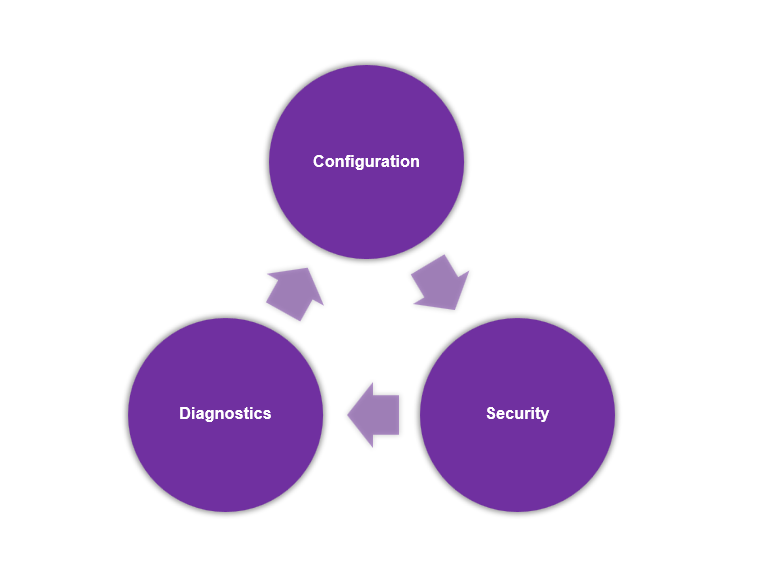“Change is the only constant in life”
Heraclitus
Keeping Heraclitus in mind, one of the key factors for creating a successful, user-friendly Internet of Things (IoT) system is over-the-air (OTA) device management. If it is taken into account from the very start of the design phase, it will become a natural part of your workflow. The reputation of your IoT system depends on how it can help your users to handle the changing requirements of the market. Device management helps you to keep your fleet operational, while doing it remotely saves costs and gives you the ability to respond fast to changing situations.
Let’s look at what device management is in practice and how it helps you to run your operations.
The three most important factors are:
1) Configuring devices during their operational lifetime
2) Diagnosing potential issues and
3) Keeping your fleet secure

Device lifecycle management
Operating IoT devices starts with device onboarding – in other words, installing the device and setting up the correct configuration. Depending on the situation, just one configuration might be enough, but this is rarely the case. For example, it could be that network configuration changes or data transfers to and from the device should be optimised to save costs. Naturally, there is also the end-of-life, when a device is in a vehicle which is no longer part of your fleet.
Key topics in lifecycle management:
- Onboarding and initial configuration
- Managing and deploying different configurations easily when running a mixed fleet
- Adapting to changing situations
- Optimising the cost
- Removing devices from the fleet
Remote diagnostics
What happens if you are not getting data from the device, and you don’t have physical access to the device? The only way you can get more insight into what is happening is through a device management service. Usually, the check starts from the connection – in other words, is the device connected to a mobile network and device management? If the connection is active, you can see the diagnostics history of the device and start pinpointing where issues might be. You can also proactively scan the devices in your fleet for changes in behaviour.
Key topics in remote diagnostics:
- Solving connectivity issues
- Collecting usage statistics
- Identifying non-typical behaviour
- Logging events
Device security
Unfortunately, the overall picture of security threats is always changing. New challenges evolve and require new actions from the IoT system. Security threats can be related to such things as access control or vulnerabilities in device software. Being able to deploy security updates means that customers can always be sure about their data security.
Key topics in security:
- Updating software
- Managing authentication and access control
- Changing encryption keys
- Wiping devices remotely
Aplicom Device Management
Aplicom devices support OTA functionality as standard. We strongly encourage you to include it in your IoT system design from the very beginning. The devices contact the device management server to check for new software or configurations and download them. After a reset, the device starts again with a fresh new setup. This approach allows any changes to be made automatically to the whole fleet.

Follow us on social media